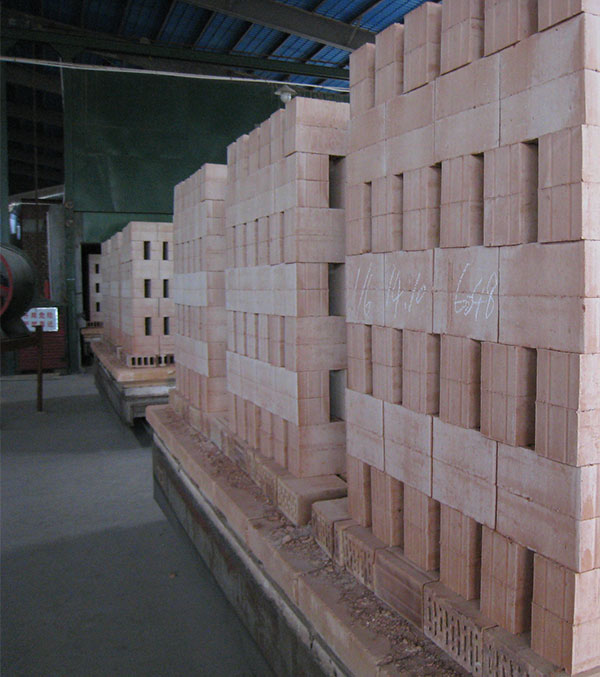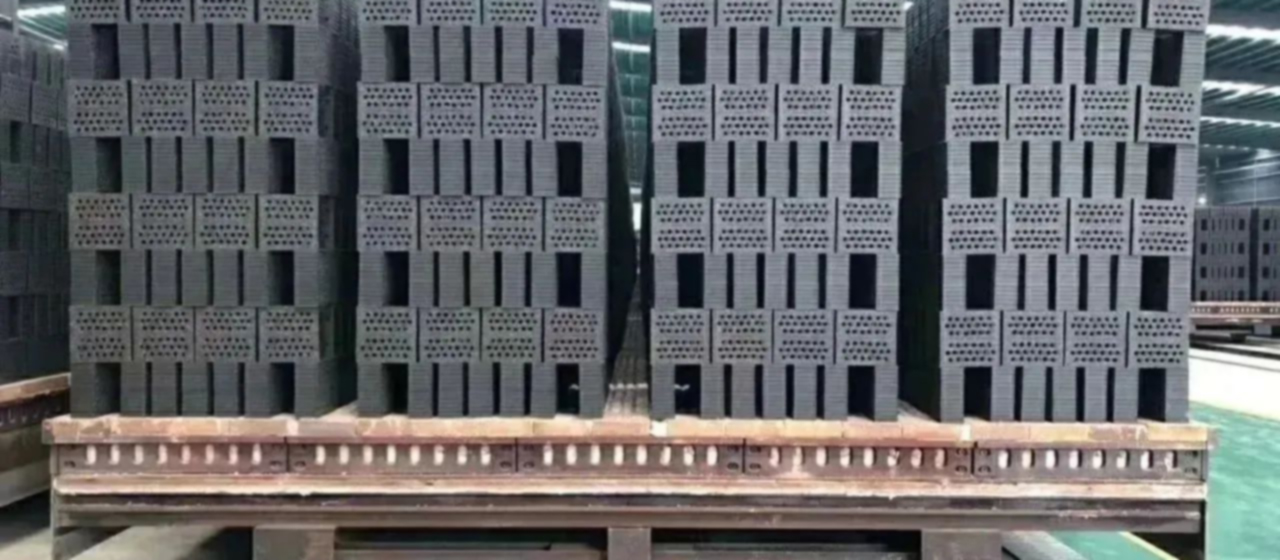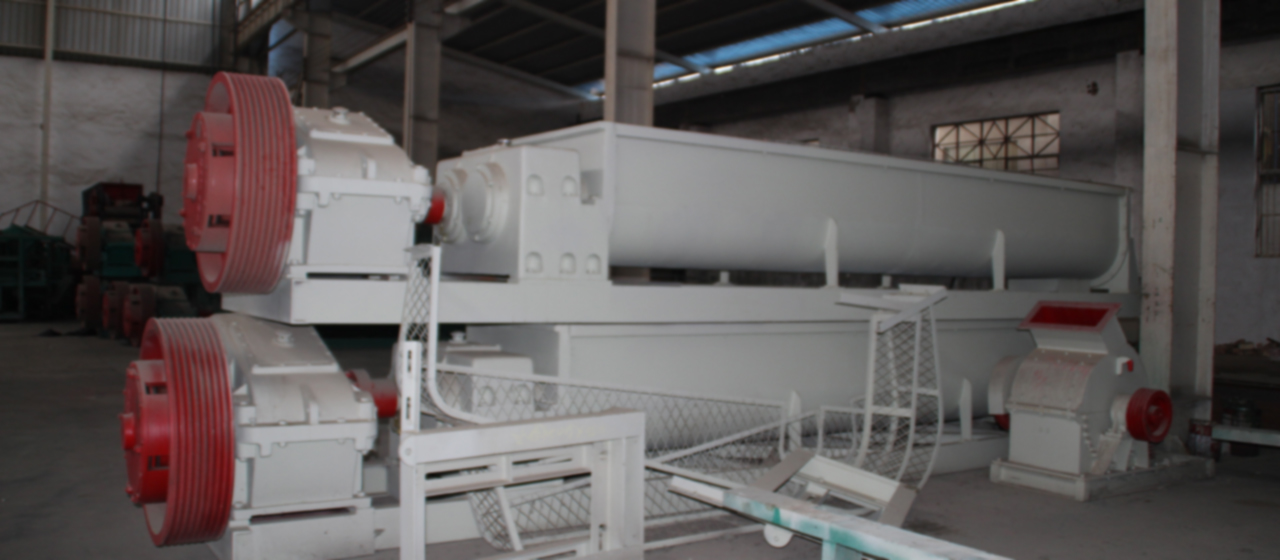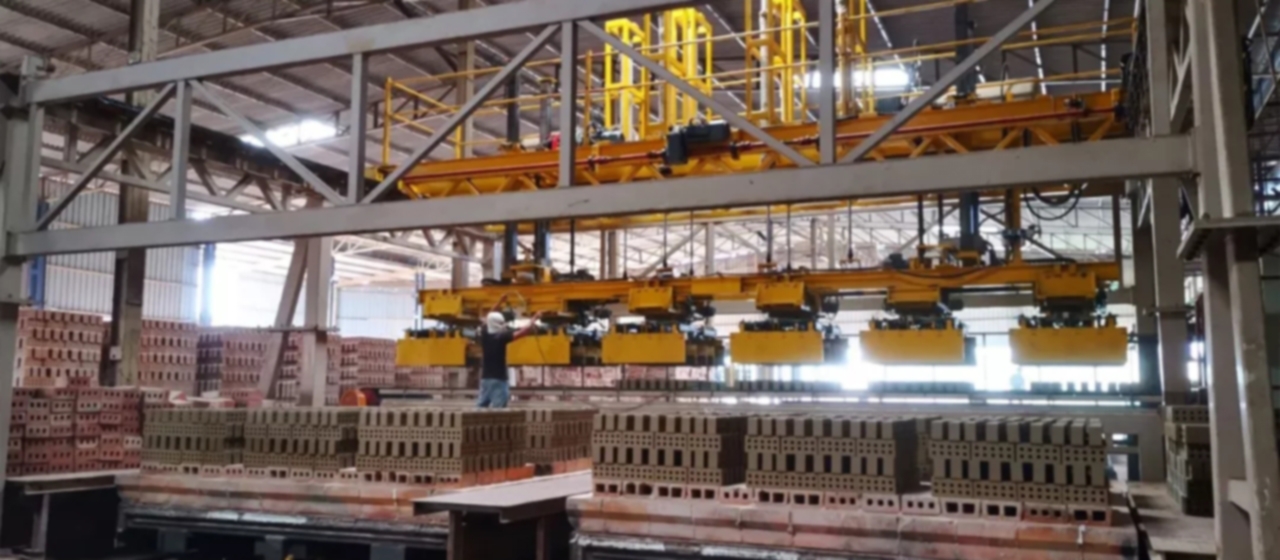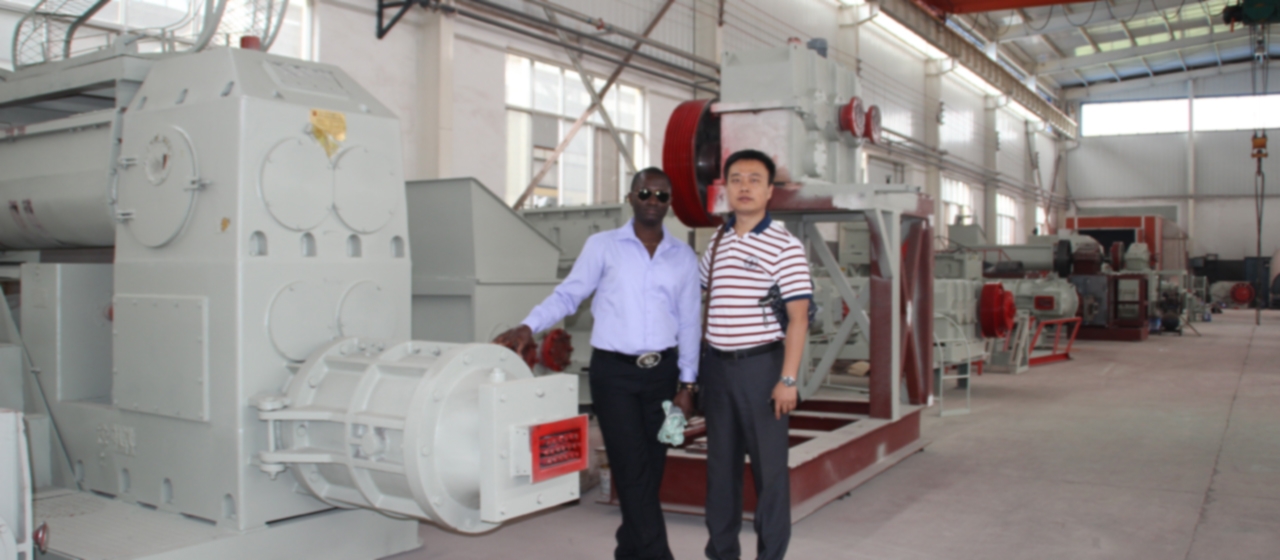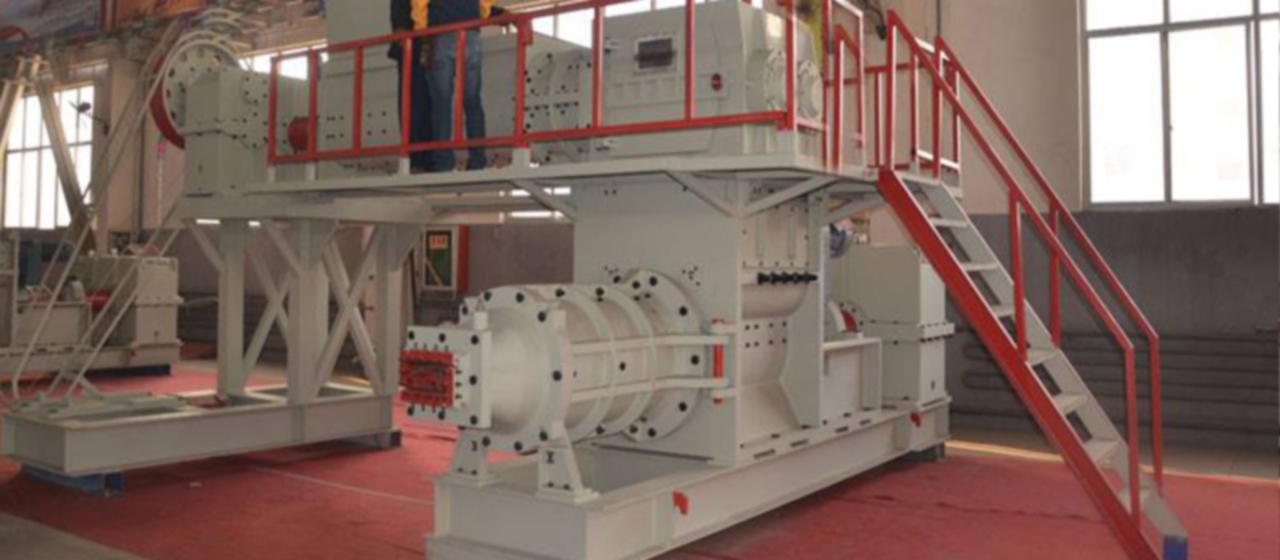Máquinas de fabricação de tijolos e máquinas de ladrilhos chinesas Jornada de desenvolvimento
Tijolo e telha é um produto natural da integração do solo, agua, ar e fogo. Tem origem na natureza, sublima no fogo, cresce na colisão cultural, é brilhante em arquitetura, prega na experiência do Milênio, acumula a cultura do desenvolvimento histórico humano, e é o portador da vitalidade cultural. Nasceram os tijolos e telhas chineses 5000 anos atrás, que testemunhou a produção e a vida, mudanças sociais e a ascensão e queda das ideias artísticas na China, formou o inerente da China “cultura do tijolo e da telha” características, criou muitas grandes maravilhas da civilização arquitetônica humana, e deixou excelentes pegadas históricas e culturais brilhantes.

A grande muralha da China nos tempos antigos tem uma história de mais de 2000 anos. Ainda permanece na terra da China através do vento e da chuva. Tornou-se um monumento histórico imortal da nação chinesa e o orgulho da civilização humana. É como uma enciclopédia contendo a história e a civilização da nação chinesa por mais de 2000 anos, carregando a importante tarefa de herdar a história e a cultura. Muitos anos depois, a Grande Muralha ainda se ergue orgulhosamente. Anos dão beleza implícita. Através da Grande Muralha, podemos explorar a conotação cultural oculta da política, economia, militares, literatura, estética, costumes populares, arquitetura e outros aspectos.
Estamos chocados com o magnífico impulso da Grande Muralha, mas muitas vezes ignoram o importante portador da bela paisagem da Grande Muralha – Tijolo Qin. É a qualidade do tijolo Qin que faz a beleza da grande muralha e a beleza da arquitetura chinesa. Na China antiga, a produção de tijolos e telhas passou por uma série de mudanças. Durante o Xia, Dinastias Shang e Zhou, a segunda revolução tecnológica dos tijolos foi concluída sob os auspícios do “cem trabalhadores” e a produção de grandes artesãos. Depois das Dinastias Qin e Han, o centralizado “Sikong” organização estava encarregada disso, e a produção de tijolos e telhas foi gradualmente padronizada pelas oficinas oficiais especiais de fornos. A restrição legal de “Wu Le Gong Ming” alcançou a qualidade dos tijolos e telhas, criou um milagre da arquitetura chinesa, e continuou a herança da cultura tradicional chinesa. Hoje, sempre que vamos para Xi’an e Nanjing, olhando para os tijolos e azulejos antigos com vestígios desgastados mas com marcas mais históricas, “memória”, “saudade de casa” e outras palavras surgem espontaneamente. Eu realmente sinto história, cultura e vida. Dos tempos antigos até o presente, de sul a norte, Os tijolos e telhas chineses passaram pela jornada civilizada da China e se tornaram uma parte importante da esplêndida cultura da China antiga. Sem “Tijolos Qin e telhas Han”, não haveria grande muralha. Claro, se olharmos para o mundo sem tijolos e telhas, não haverá capital romana antiga e cidade de tijolos em Londres. Não teremos oportunidade de apreciar o clássico “0 ° longitude” do Observatório de Greenwich, e não teremos a oportunidade de ouvir os discursos de aceitação de Mo Yan e Tu youyou no salão do templo de Estocolmo. Ansiamos pelo Coliseu na Roma Antiga, mas não sabemos se o património cultural deste antigo edifício se destaca dos tijolos e telhas. Tijolos e telhas registram a vida dos antigos nobres e civis romanos, suas atividades, suas leis, e restaurar a glória da Roma antiga para nós. Talvez existam algumas diferenças nas formas de expressão dos tijolos e telhas devido às diferentes nacionalidades e regiões, mas é precisamente por causa desta diferença que se formam cores nacionais e locais distintas. Portanto, tijolos e telhas são portadores intuitivos da herança e forma de expressão da cultura tradicional e das características nacionais, e têm vitalidade cultural infinita.

